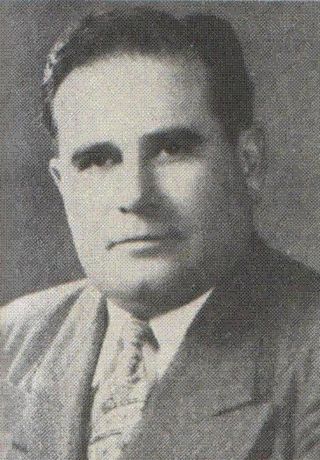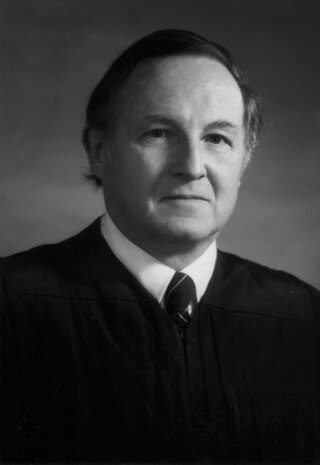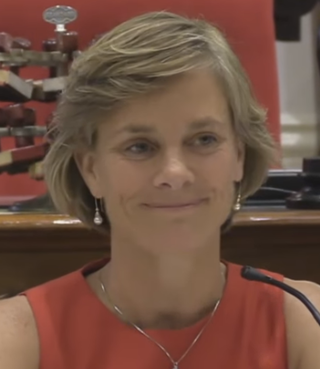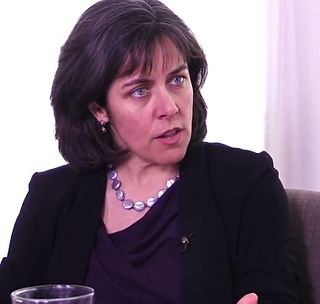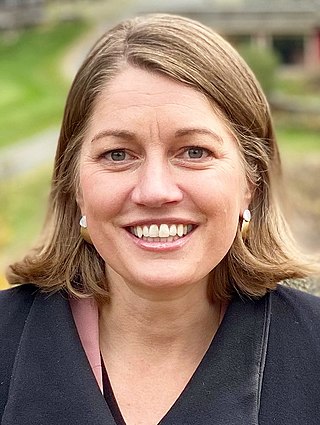Duties and responsibilities


While Family, District and Superior Court judges are appointed by the Governor, probate and side judges are elected. Side judges run at-large (not specifically for one of the two seats) and county-wide in November of even-numbered, non-presidential election years, and serve four-year terms. The terms begin on the following February 1. [1]
In the event of a vacancy, the Governor is empowered to appoint a replacement. [2]
Side judges sit with the judge in Superior (civil cases and violations of traffic laws and municipal ordinances) and Family Court. There are Superior and Family Courts located in each of Vermont's 14 counties at their "shire town" or county seat. [3] [4]
There are normally two side judges on the bench, but the court may proceed with only one side judge or none. In theory the side judges, who are generally not attorneys, have input only on matters of fact, with matters of law left to the presiding judge, but the vote of a side judge has the same weight as that of the judge, so two side judges can outvote the judge. If there is only one side judge and the side judge and the judge disagree on a matter of fact, a mistrial is declared. [5] Side judges who undergo some training may also sit alone in small claims, uncontested divorces, traffic offenses, and violations of municipal ordinances. [6]
Side judges have administrative duties in addition to court responsibilities. They appoint the County Clerk, Treasurer and Auditor, Road Commissioners, and Notaries Public, manage the county courthouse, sheriff's office and other property, and prepare the county budget. [7] As a result, side judges receive two types of compensation: a salary for their administrative duties, paid by the county, and a per diem for their judicial duties, paid by the state. [8]
Once the county budget has been determined, municipalities in the county are assessed a portion, based on their grand list (total evaluation of property in the municipality). [9]
Vermont's Assistant Judges also have a professional association and lobbying group, the Vermont Association of County Judges. [10]








